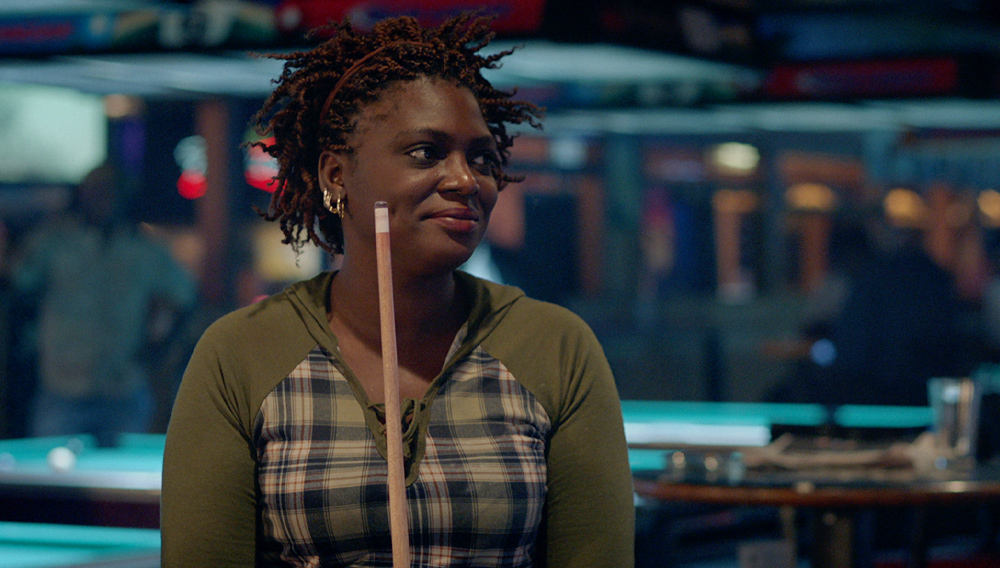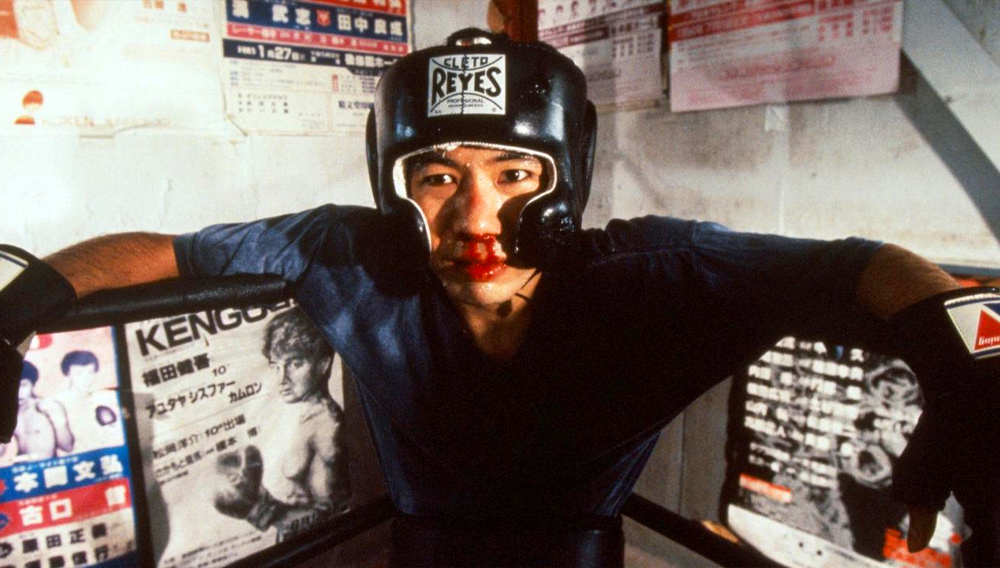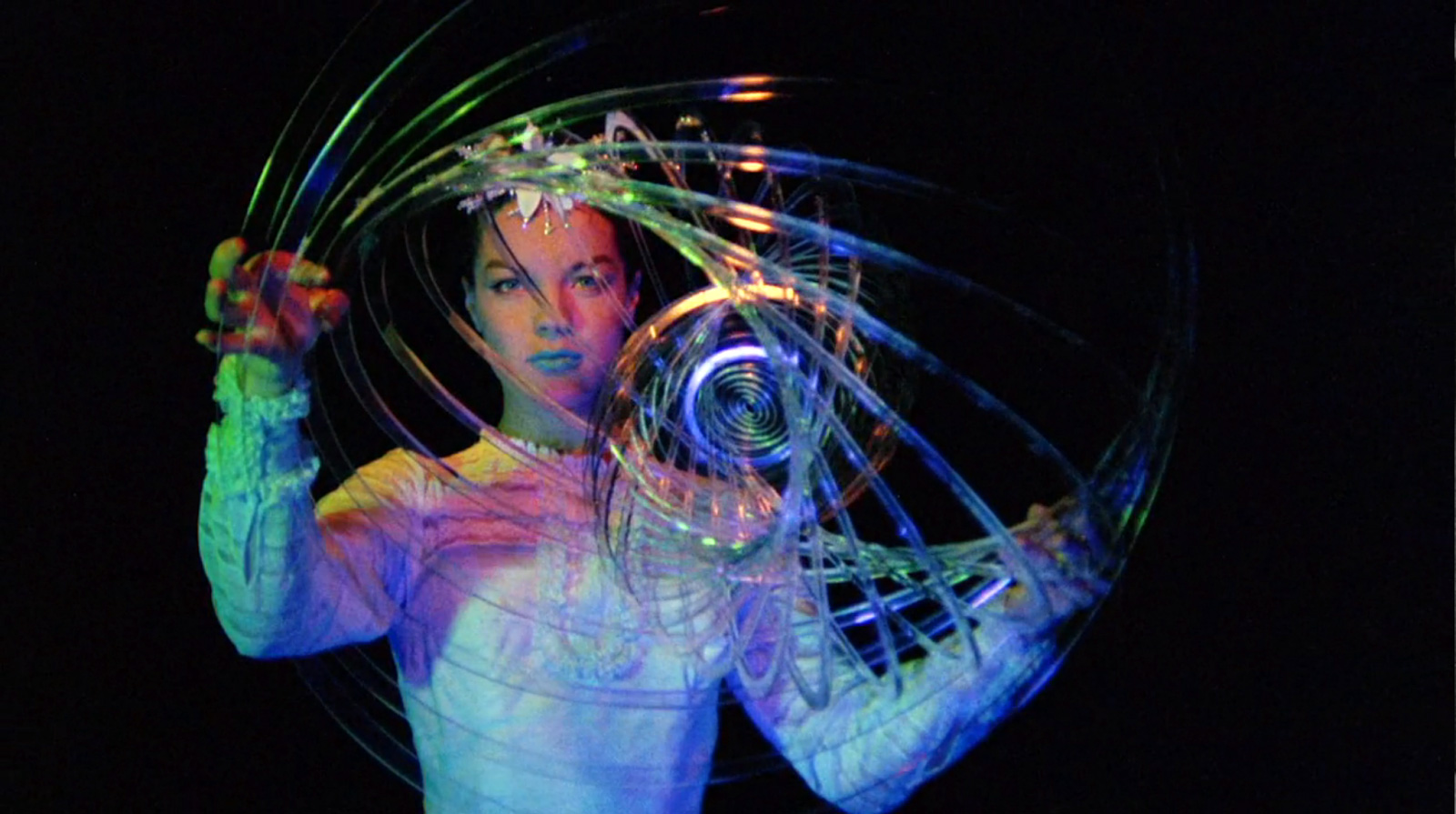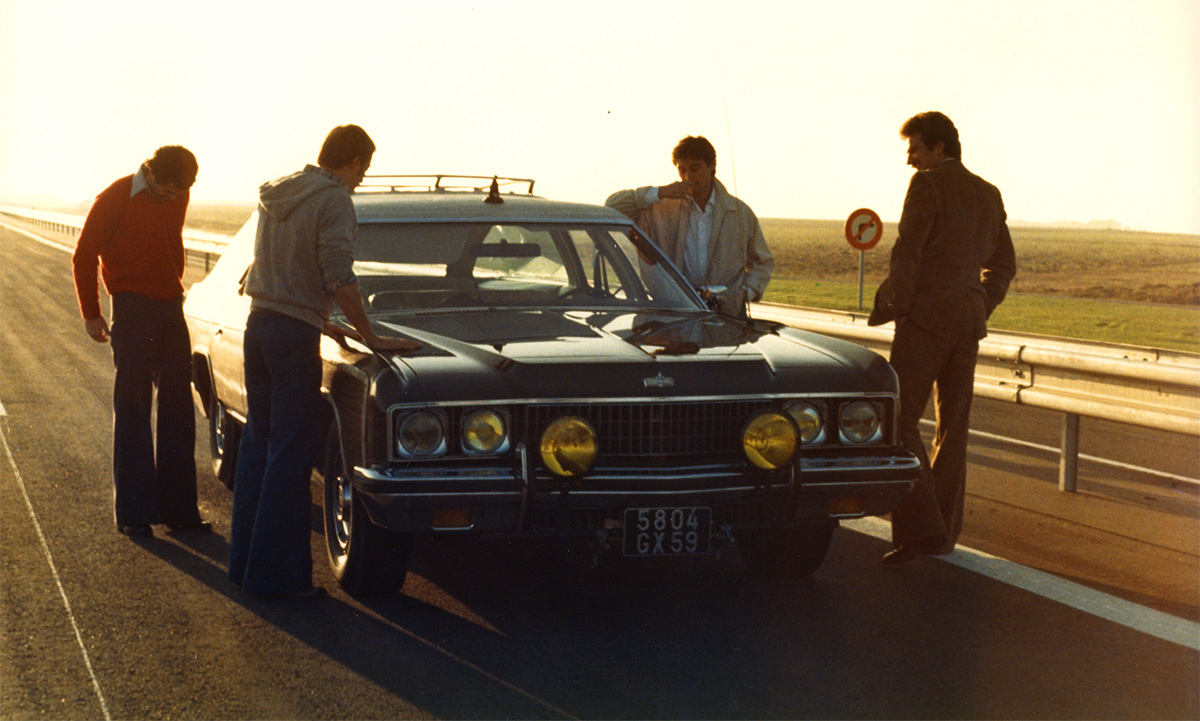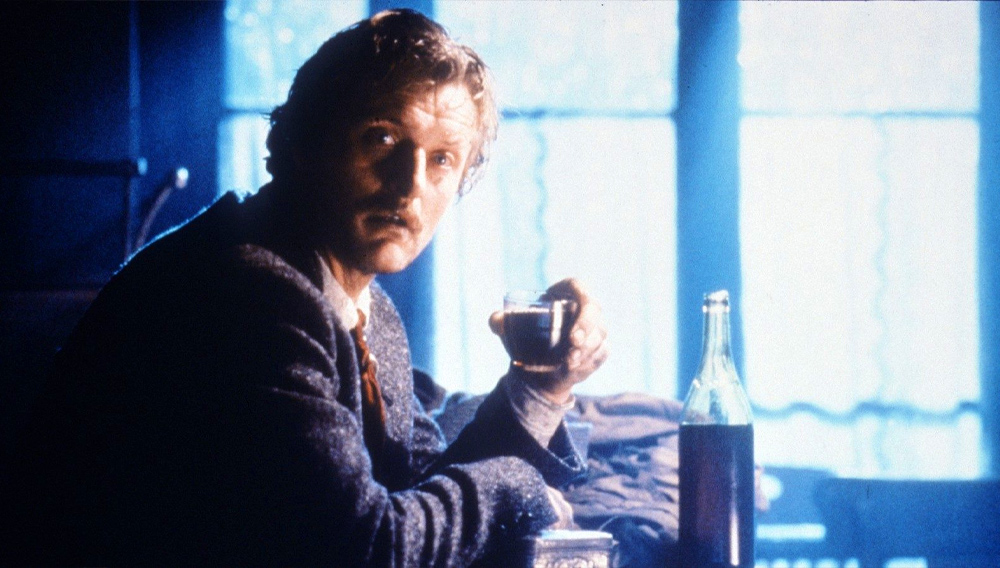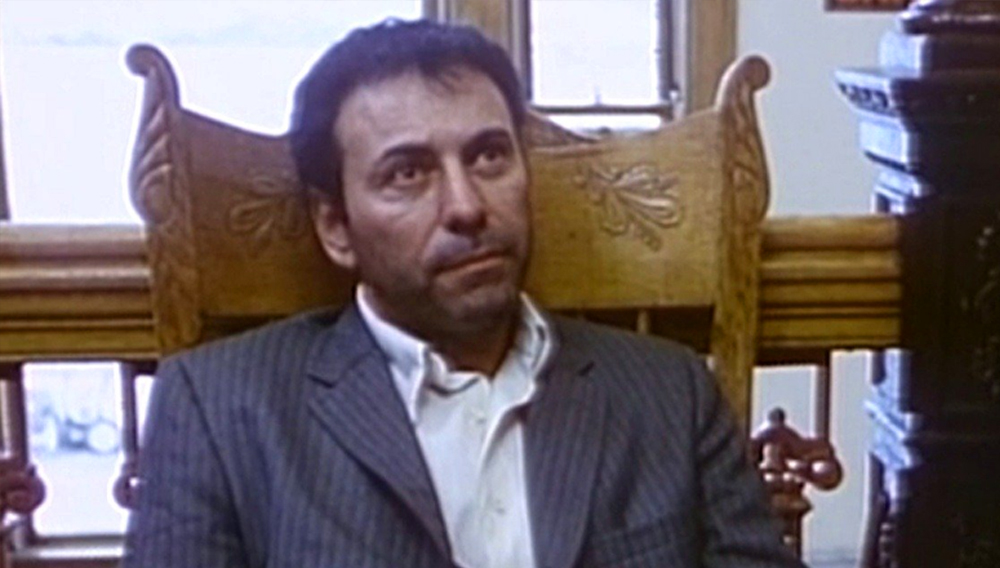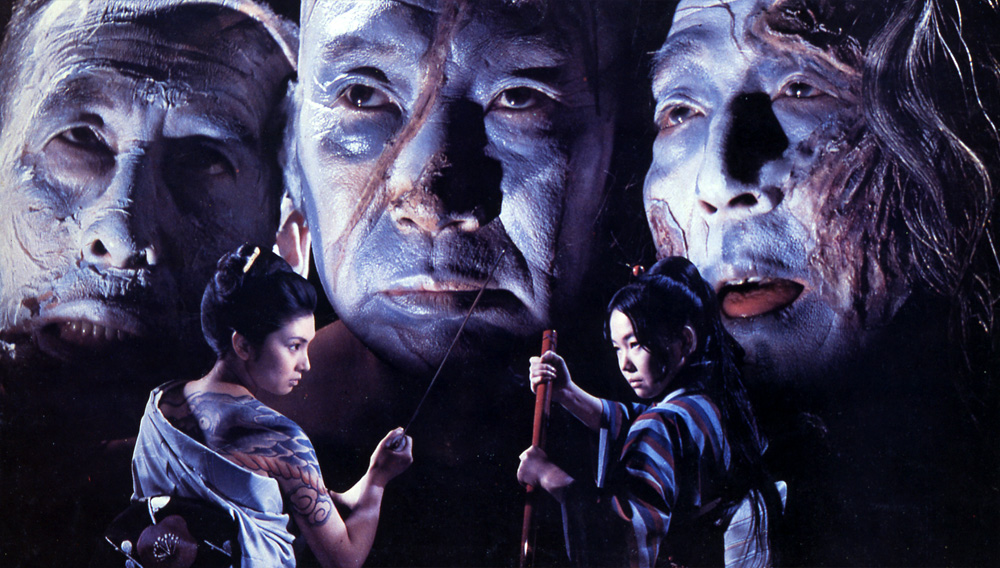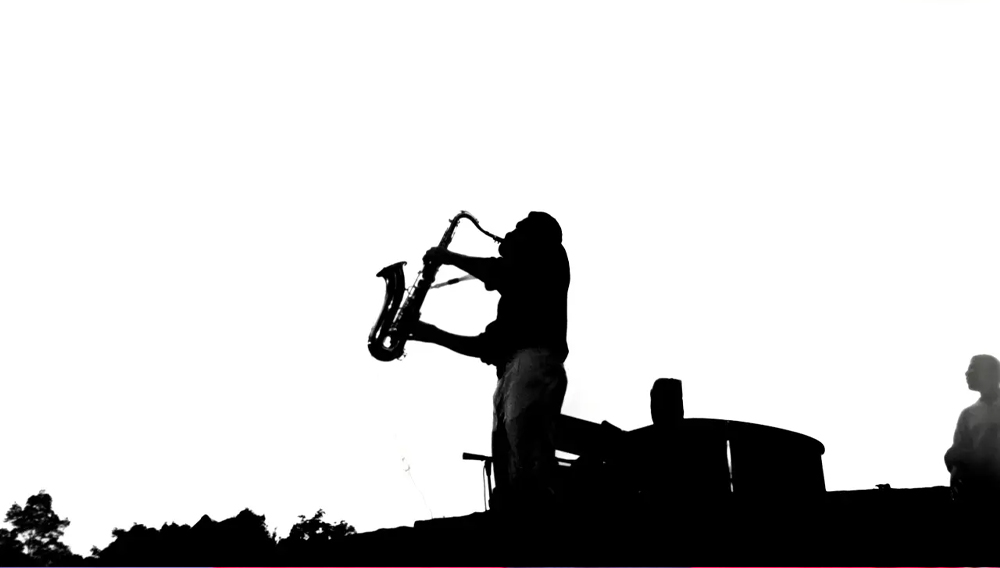A trio of picturesque tracking shots glides through a park until the focus falls on a young redheaded girl in a yellow leather jacket. Her face is never fully featured; her name is only later revealed as Joy. Moments later we find her belongings— a leather purse, a jacket—along the ground, and no sign of her body anywhere. The police work with her school to perform a “reconstruction” of where she was last seen in the park. That’s where Helen (Annie Townsend) comes in.
As a lookalike for Joy, Helen quietly delves into the life of her missing schoolmate under the eye of the local police constable. She takes up with Joy’s parents, Mr. And Mrs. Thompson, to get a better handle on her home life. Tense and grieving for their lost daughter, they first treat Helen as a morbid simulacrum for Joy. Helen gets increasingly wrapped up in the mystery of Joy’s persona, from her poor grades to her eye-catching leather jacket, and the fervor with which her parents mourn her.
WATCH HELEN ON FANDOR:
The first feature length effort from Christine Molloy and Joe Lawlor is rife with nods to Gus Van Sant (notably Gerry and Elephant) and humor so bleak that it takes a moment to register. A school lecture discussing “Blue Sky Thinking,” so “you can do what you want with your life without thinking about it,” is delivered in a perfect soothing monotone; the camera slinks between a classroom of students until it finally reveals the teacher in a wheelchair, sans legs, and wearing a pilot’s uniform. The students give their answers in muttered ums and ahs, their voices never rising above a certain middle-class ceiling. Malloy and Lawlor keep their actors still while their camera moves in a constant crawling circle, giving us a sense of depth in an emotionally flat space.
Another technique spread far and wide throughout Helen is the use of monologue, which Townsend delivers with a deeply mournful, yet blank tone. She addresses her missing alter ego: “They said I looked like [Joy]. From the posters I guess. I suppose there is a resemblance. You have nicer clothes though.” Is Helen a reincarnation for Joy, or is Joy merely the new life that Helen thinks would help her as a person?
What Helen strives to explain is the mystery of how personal identity is acquired. As Helen adapts and adopts to Joy’s routine, it opens up the question of who we’re witnessing: one girl imitating another, or exploring her own freedom while on the verge of breaking into adulthood. Whatever the case may be, the film’s dreamlike shot structure makes Helen required viewing, one the lost gems of the past decade.
John Lichman writes on film/general oddities, records the Grassroots Podcast at The House Next Door and dances for nickels under the Brooklyn-Queens Expressway every Tuesday at 11 am. He tweets here.
WATCH HELEN ON FANDOR.





